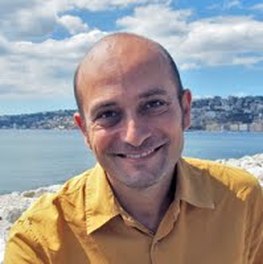
Dr. Roberto Improta is a Senior Research Scientist at the Institute of Biostructures and Bioimaging at CNR. He is an expert in the development and applications of QM methods to the excited state reactivity of biomacromolecules. He is a seasoned supervisor, having supervised 5 Early Stage Researchers so far. Additionally, he is the 2016 Chair D’Alambert Laureate from the University Paris-Saclay.
His research interests include:
Coordinator, Supervisor of ESR4, Lead WP6
This project has received funding from the European Union’s Horizon 2020 Research and Innovation Programme under the Marie Sklodowska-Curie grant agreement No 765266.
© accelopment Schweiz AG 2025